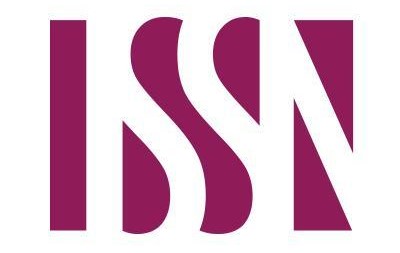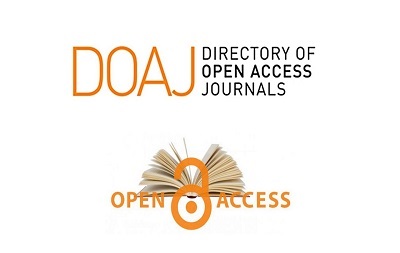The effect of ballistic exercises on developing strength endurance and speed in the 100m run for the deaf
Main Article Content
Abstract
The research aims to identify the importance of ballistic training in sports because it has an important role in developing physical abilities and physiological indicators and achieving achievement in sports, including track and field events. The experimental research method was adopted because it is compatible with solving the problem to be researched. The research sample was players who are classified by the Diyala Committee supervising track and field events, specifically the (100-meter) running event for people with disabilities, the deaf and dumb category, who are being qualified to participate in upcoming competitions. The researchers concluded that the ballistic training used with the experimental group achieved the required development in improving strength endurance and speed endurance in the post-tests. Accordingly, it was recommended to adopt ballistic training to develop strength endurance and speed endurance to achieve (100)-meter running for people with disabilities, the (deaf and dumb) category.
Article Details

This work is licensed under a Creative Commons Attribution-NonCommercial 4.0 International License.
References
Abdel, N. H. M. D. N., & Ali, Z. B. D. Q. M. (2014). The effect of using different resistors characteristic speed and power some variables Kinmatik and the achievement of the enemy 100 m. Journal of Studies and Researches of Sport Education, 41.
Ahmed, F. (2009). The effect of using ballistic resistance training on some physical and skill variables of basketball players [Master’s thesis]. Helwan University.
Al-Wais, A. F. S. (2009). The effect of hypoxic exercises on developing specific speed endurance and 400-meter running performance for runners aged 17-18 [Master’s thesis].
Bastawisi, A. (2005). Foundations and Theories of Sports Training (p. 82). Dar Al Fikr Al Arabi.
Bukheet, A., Assistant, H., Dawood, A., Reda, A., Abd, M., Kadhim, A., & Hassan, A. B. (2024). The effect of explosive exercises and water exercises on different surfaces on some physiological indicators, abilities and physical indicators of 100 m runners under 20 years of age. In International Journal of Yogic, Human Movement and Sports Sciences (Vol. 100, Issue 9). https://www.theyogicjournal.com
Hussein, A. A. J., Ahmed, M. S., & Kamal, M. W. (2018). Study of some physical and motor abilities and anthropometric measurements and their relationship to the skill of dribbling in football. Journal of Sport Science.
Madonna, R. (2015). effects of various uphill Downhill, combination of uphill, downhill and programs sprinting. Level Training Speed, 187.
Mashkoor, N. H. (2010). The relationship between the angle of departure from the starting support and the time of abandonment and the average speed of the first stage (speed increase). Journal of Studies and Researches of Sport Education, 27. https://www.iasj.net/iasj/article/53710
Mashkour, N. H. (2015). THE EFFECT OF TRAINING & COMPONENT OF HARMONIC CAPACITY IN SOME PHYSICAL, BIO-KINEMATIC VARIABLES & ACHIEVEMENT OF LONG JUMP.
Saad, M. I. (1996). The effect of training methods to develop explosive strength of the legs and arms on the accuracy of long-range shooting by high jumping in handball [PhD thesis].
Salman, A. H. (2002). The effect of specific endurance training on stride characteristics in relatively long-term maximum running [Master’s thesis].
Shuraidah, F. S. (2003). Functions of Organs and Physical Training (1st ed, p. 25). Dar Al Hilal Offset.
Vandalen. (1985). Research methods in education and psychology ((translated) by Muhammad Nabil and others, Ed.). Anglo-Egyptian Library.





 IASJ
IASJ CC-BY-4.0
CC-BY-4.0 turnitin
turnitin ISSN
ISSN DOAJ
DOAJ Crossref
Crossref GoogleScholar
GoogleScholar Orcid
Orcid